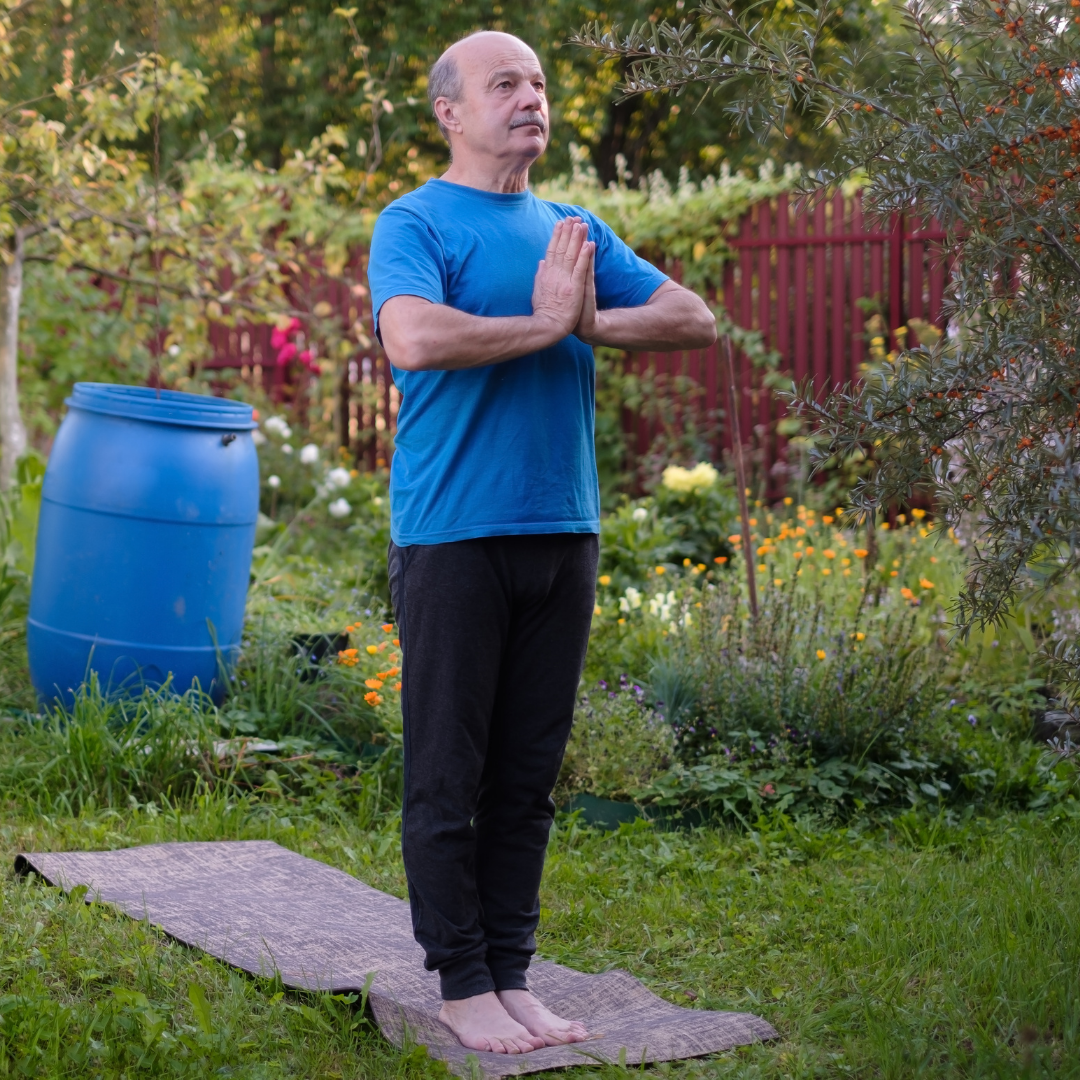
Related Posts

BENEFITS OF INCREASING YOUR MUSCLE MASS
Related PostsYou may...

FASTED EXERCISE AND AVOIDING THE “BONK”
Related PostsNow that...

YOUR HEALTH IS MORE THAN YOUR BMI
Related PostsBody...

YOGA TO REGULATE THE AUTONOMIC NERVOUS SYSTEM
Yoga, fainting, and regulating your autonomic nervous system
The other day, I almost fainted at a yoga class when I tried to put my leg in a place that it wasn’t ready to go to, relative to the rest of my body. But adventurous poses aside, it turns out that yoga is an excellent therapy to reduce the risk of fainting by improving blood pressure and autonomic nerve balance.
What is fainting?
Fainting is by far the most common condition that causes people to pass out. The scientific term for fainting is vasovagal syncope. When a person faints, their heart rate slows, and can even stop entirely for 20 seconds or longer. At the same time, blood vessels dilate and blood pressure falls. This combination of slow heart rate and dilated blood vessels reduces blood flow to the brain, and the lights go out. This all sounds scary, but unless someone has trauma related to falling or serious heart problems, there is rarely danger associated with fainting.
(There are other causes of syncope that include fast or slow heart rates caused by malfunctions in the heart; sometimes these are dangerous conditions. Echocardiograms, ECGs, and rhythm monitors diagnose these more dangerous conditions. Talk to your doctor if you have concerns.)
Nearly everyone has a fainting episode at some point in their life. Stress, dehydration, heat exposure, and alcohol are common triggers. While people may pass out for other reasons, fainting is easily diagnosed by some characteristic symptoms, such as nausea, sweating, and pallor. Usually, you can restore blood pressure and relieve fainting symptoms by lying down and lifting your legs.
But some people experience fainting so frequently that it can be a real problem or hint at an underlying imbalance in the autonomic nervous system.
Fainting and the nervous system
What happens when someone faints is that the heart rate and blood pressure control mechanism are confused. This can happen to anyone, but when fainting is frequent and easily triggered, there is usually a problem with the autonomic nervous system (ANS), which regulates things like heart rate and blood pressure. The ANS is made up of the sympathetic and parasympathetic (vagal) nervous systems. When these systems become imbalanced, this is a form of autonomic neuropathy, or autonomic dysfunction. There are many causes of autonomic dysfunction, including autoimmune diseases, diabetes, nutrient deficiencies, and hereditary conditions, which makes diagnosis and treatment difficult.
Prevent fainting with yoga
In the February 2022 issue of JACC: Clinical Electrophysiology, a study demonstrates that a maneuver incorporating the yoga pose Tadasana (or Mountain Pose) is effective in eliminating syncopal events in a group of people with frequent fainting. Some people continued to have lightheaded episodes, but practicing the pose improved symptoms of fainting remarkably.
Here’s how to do the “Tadasana” yoga maneuver:
- Stand tall with feet together and arms by your sides. You can stand against the wall with support, especially when doing this for the first time.
- Alternate dorsiflexion (lift your toes while keeping the rest of your foot firmly planted) and plantar flexion (stand on the toes and ball of your foot and lift your heels).
- Isometrically contract the quadriceps and stand on your toes while keeping shoulders relaxed.
- Extend straight arms upwards and keep them facing and parallel to each other.
- Breathe normally from your belly for 10 seconds.
- Repeat 8-10 times, twice daily.
This is not the first study to show that yoga is beneficial for vasovagal syncope. In fact, there is also good evidence that yoga reduces blood pressure in hypertensive patients. Yoga has even been used in the treatment of POTS (postural orthostatic tachycardia syndrome) and post traumatic stress disorder.
Problems that arise from poorly regulated blood pressure and heart rate are common, often difficult to live with, and frustrating to treat. If you are dealing with any of these issues, be sure to include mind-body therapies such as yoga, breathwork, and meditation to improve your symptoms. And this doesn’t even scratch the surface of the possible benefits you stand to gain from mindfulness practice. Check out our guide to hormetic stress for more.
Putting your foot beside your ear doesn’t always cause fainting. More likely (and with practice), yoga and regular movement can prevent fainting.
